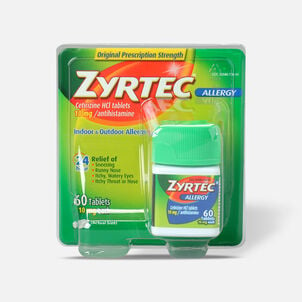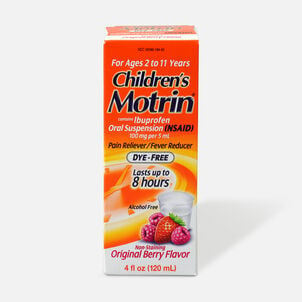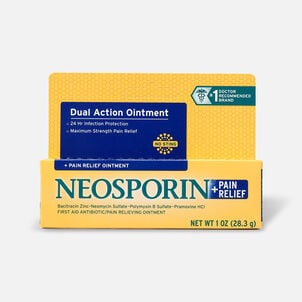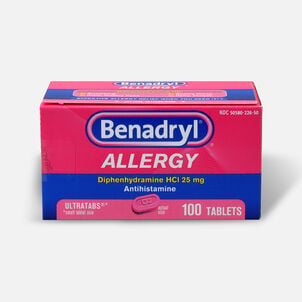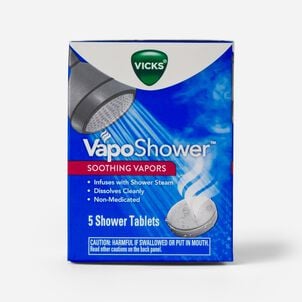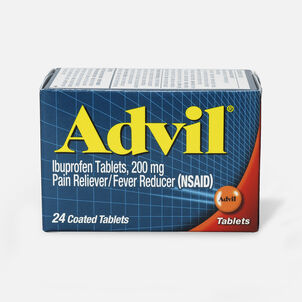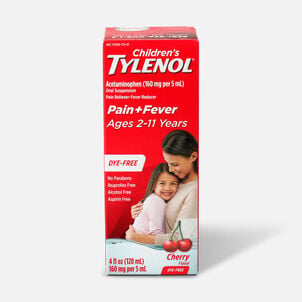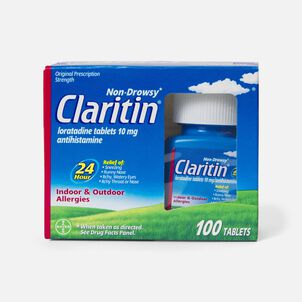Alphabet Soup: Decoding Health Plan Acronyms
At open enrollment, one of the most daunting tasks can be deciding on the best health insurance plan option that meets your needs and the needs of your covered dependents. There are often many choices, and the language used, although intended to be very clear, can actually be quite confusing.
Before choosing a health insurance plan, be sure to ask questions, predetermine your health expenses and health care needs for the year ahead and research all of the variables of the plan options available to you.
A good place to start is the Summary of Benefits and Coverage, which should be provided to you prior to your open enrollment election and can provide the basic information you need to make the most informed choice possible.
While the variables of each plan offered can differ greatly, the basis of the plan designs are consistent. To help you prepare for the difficulties in choosing a health plan that makes the most sense for you, here are some of the basics for the various types of employer sponsored health plans that are offered.
[Note: This list does not include individually purchased health plan options or options available through the exchange.]

Commonly offered employer-sponsored health plan choices:
- Preferred provider organization plans (PPOs): PPOs allow individuals to use any of the plan's preferred providers within their extended network, including specialists, without the need for a referral. PPOs can vary in terms of out-of-pocket expenses, but they typically will require a copay for certain types of expenses and many may even require you to meet a deductible up front.
- Health maintenance organization plans (HMOs): HMOs allow covered individuals to use any provider within an extended network but require that individuals first choose a primary care physician (PCP) who will coordinate all of their extended care. Once a PCP is chosen, covered individuals must see them for referrals to certain specialists. Deductibles and copays may apply and will vary by plan design.
- Exclusive provider organization plans (EPOs): EPOs allow covered individuals to see any of the physicians within the assigned EPO network, typically without the need to assign a preferred provider or to obtain referrals. Oftentimes EPOs will not provide any coverage for services rendered outside of the EPO network, so individuals must be certain to check the network of approved EPO providers before choosing this type of plan. Deductibles and copays may apply and will vary by plan design.
- Point-of-service (POS) plans: POS plans are a combination of the traditional HMO and PPO plan. You are typically free to see any provider within a large covered network and may be required to assign a primary care physician for regular office exams and wellness visits. With POS plans, you are usually free to also use providers which may be out of the plan's network, and will often pay higher amounts for these services. Deductibles and copays may apply and will vary by plan design.
- Managed care organization (MCO): MCOs describe a number of different types of health plans, such as the common HMO, in which the costs are controlled through management of health services. Mechanisms such as provider networks and pre-authorization requirements are commonly used by MCOs to try to keep healthcare costs lower and prevent unnecessary care from happening.
- High-deductible health plans (HDHPs): HDHPs can come in many forms, including PPOs, EPOs and HMOs. HDHPs are designed to incentivize covered individuals to make better choices in regard to their care. By requiring individuals to meet a set dollar amount up front before their health insurance plans will cover certain expenses or all expenses, similar to the way in which you would meet a deductible with car insurance, HDHPs are intended to force the consumer to think about their medical needs and choices before receiving treatment, perhaps even shopping around for a better price. By having more “skin in the game," HDHPs are intended to create a more-informed consumer. Qualified HDHPs can also be offered with health savings accounts (HSAs). In order for an HDHP to be HSA-qualified, the deductible requirement may be no less than $1,600 in 2024 for self-only coverage ($3,200 for family coverage). To be HSA-qualified in 2024, the maximum annual out-of-pocket costs cannot exceed $8,050 for self-only coverage ($16,100 for family coverage). Limits are increased for inflation each year.
- Employer-sponsored plans: When making your choices for the best health insurance plan to meet your needs, consider all options available to you. Many of the aforementioned plans will be offered with various types of employer sponsored plans, including flexible spending accounts (FSAs), health reimbursement arrangements (HRAs) and health savings accounts (HSAs). When making the choice that most closely meets your needs, don't forget to consider all options available to you.
- Flexible spending account (FSA): An arrangement through an employer that’s compatible with most insurance plans and allows employees to set aside untaxed dollars (up to a certain limit set by the employer) to cover out-of-pocket medical expenses — such as prescriptions, deductibles, copays, and coinsurance.
- Health savings account (HSA): An arrangement through an employer and owned by the employee that’s compatible with high deductible health plans and allows employees to set aside untaxed dollars to cover out-of-pocket medical expenses — such as prescriptions, deductibles, copays, and coinsurance.
- Out-of-pocket maximum (OOPM): The maximum dollar amount a covered individual will have to pay out of their own pocket in claims, copays, and coinsurance for covered services over the course of the plan year.
- Qualifying life event (QLE): An occurrence — such as losing health coverage, getting married, moving to a different zip code, or having a baby — that enables an individual/family to enroll in a new plan outside of the standard enrollment period for that plan.
- Summary plan description (SPD): A comprehensive document employers give to their employees who are participating in their retirement or health benefits plans that outline the benefits provided by the plan.
- Health Insurance Portability and Accountability Act (HIPAA): This is a law to ensure patient health details are not disclosed without their authorization and patient privacy is maintained.
—
Thank you for visiting the FSA Store Learning Center. Don’t forget to follow us for more helpful tips on Facebook, Instagram, and Twitter.


